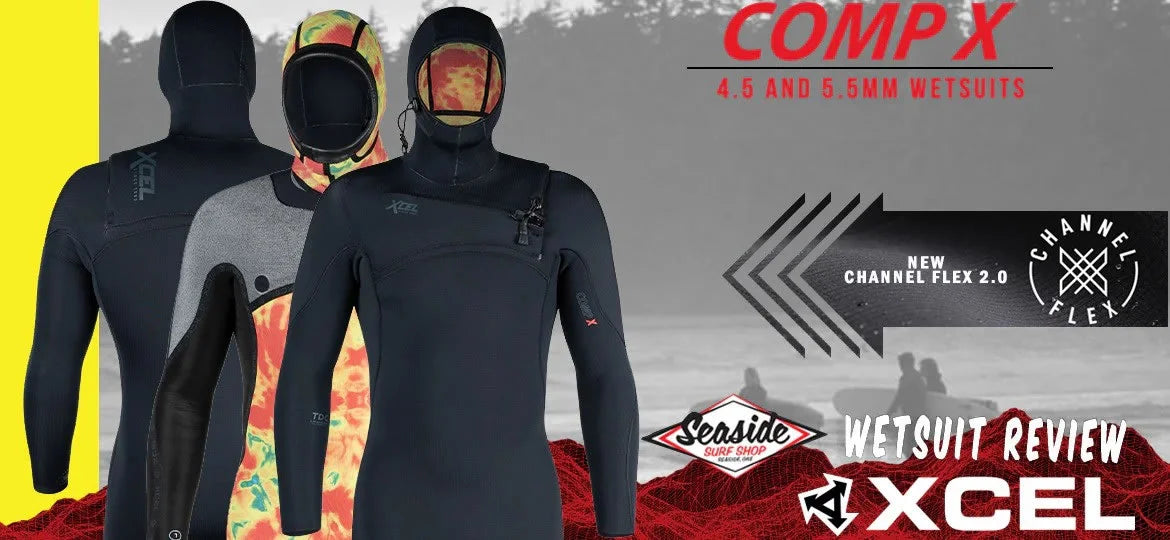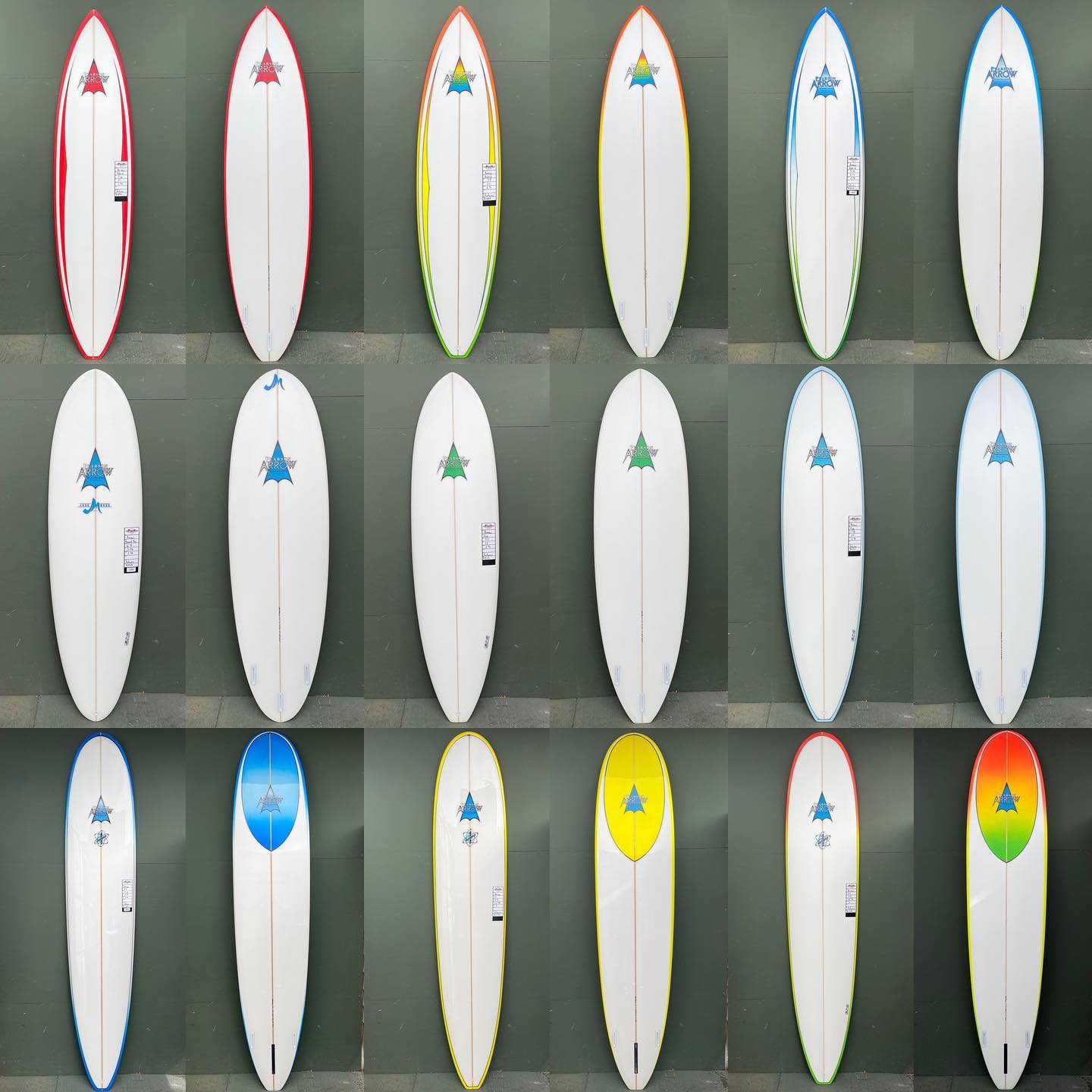Understanding Wetsuits

How Wetsuits Work
Wetsuits are made of neoprene insulation that traps a thin layer of water between your body and the suit, which is warmed by your body heat.
Neoprene is made of small closed cells that provide insulation against cold water by trapping heat and helping to maintain core body temperature.
The thicker the neoprene, the warmer the suit will be, but less flexible.
Choosing the Right Wetsuit Thickness
Wetsuit Thickness and Temperature
Wetsuit thickness, or neoprene thickness, is measured in millimeters, with the first number representing the torso area and the second number representing the extremities.
Thicker neoprene is used for the torso to maintain core body heat, while thinner neoprene is used for the extremities.
The thicker the neoprene, the more warmth but less flexibility.
For colder waters, consider a thicker wetsuit or additional accessories like gloves and boots.
Water temperature is the main factor in determining the right wetsuit thickness for you.
Wetsuit Fit and Sizing
-
A wetsuit should fit like a second skin with no sagging or excessive bunching.
-
The suit should fit tight to keep only a thin layer of water between your body and the suit.
-
Fit is a crucial aspect to consider when buying a wetsuit, as a poorly fitting suit can compromise warmth and mobility.
-
Measure your body to determine your wetsuit size, as different brands use different sizing.
-
Compare sizes from different brands to find the best fit for you.
Wetsuit Entry Systems
Types of Entry Systems
There are three types of wetsuit entry constructions: back zips, chest zips, and zipperless zip wetsuits.
Back zips are the classic solution, but may allow water to seep in through the seams.
Chest zip wetsuits are more difficult to enter and exit, but provide better insulation and flexibility. They feature a zippered cutout around the neck, offering superior water sealing through seams and enhanced comfort with a snug neck design.
Zipperless wetsuits eliminate the lack of flex found around zippered areas and stitching.
Wetsuit Seams and Construction
Types of Seams
-
Seams are the most likely areas on the suit to leak, so choose a wetsuit with durable and flexible seams.
-
Flatlock seams are durable but can leak, while blindstitch seams are more flexible and durable.
-
Taped seams provide an extra barrier against water entry.
-
Sealed seams are fully waterproof, but can be more prone to damage.
Wetsuit Linings and Materials
Interior Linings
-
The lining of a wetsuit is a thin layer of fabric glued to either side of the neoprene.
-
The lining strengthens the neoprene and gives it its properties of elasticity and comfort.
-
Lining materials include plush, nylon, and others.
Wetsuit Accessories
Boots, Gloves, and Hoods
-
Wetsuit accessories like gloves, boots, and hoods help you stay warm in cold water.
-
Neoprene gloves or mittens for cold water activities, with five-finger gloves providing the most dexterity and mittens being best suited for very cold water.
-
Neoprene and rubber boots for cold water activities, with round toe and split toe designs available.
-
Hoods can be added to hoodless wetsuits for additional warmth in colder waters, with some wetsuits having hoods built-in.
Surfing Wetsuits for Different Conditions
Full Wetsuits, Shorty Wetsuits, and More
There are several types of wetsuits, including full suits, shorties, springsuits, and wetsuit tops and bottoms. Spring suits and spring suits are designed for transitional seasons like spring and fall, making them suitable for milder weather conditions.
Each type of surf wetsuit is designed for specific water temperatures and activities.
Full wetsuits cover the entire body, including arms and legs, and are available in various thicknesses for different water temperatures.
Shorties, springsuits, and short johns feature thinner material and short legs and arms, and are primarily used in warmer water temperatures. Choosing the right surfing wetsuit is essential for adapting to different conditions, such as using short-sleeve full wetsuits in warmer months and thicker full wetsuits during colder months.
FAR Infrared Technology
What is FAR Infrared Technology?
FAR infrared technology uses mineral-enriched fibers to capture body heat and convert it to FAR Infrared rays, keeping you warm. This can help in selecting the perfect wetsuit tailored to specific surf conditions, ensuring optimal comfort and performance. This technology allows for thinner wetsuits in colder water, increasing flexibility and energy levels.
Activity Level and Wetsuit Choice
How Does Activity Level Affect Wetsuit Choice?
The type of wetsuit suitable for you depends on your activity and activity level. High output activities require thinner wetsuits that don’t trap as much body heat. For warm weather surfing, thinner wetsuits are more suitable as they provide the necessary flexibility and allow surfers to generate enough warmth through movement. Surfing requires thicker wetsuits to keep the body warm while waiting for sets.
Budget and Wetsuit Choice
How to Choose a Wetsuit on a Budget
The budget for a surf wetsuit depends on various factors, including the brand, quality, and features. Buying a wetsuit online can be challenging, especially for new surfers who may struggle with sizing and fit; it's often helpful to try on different styles and sizes in-store first to identify preferences before making an online purchase. Generally, count on an investment of 300-475 dollars for an excellent quality surf suit. Models with a front zip closure are more expensive than those with a back zip.
Environmental Impact of Wetsuit Materials
The production of wetsuits has a significant environmental impact, primarily due to the use of neoprene, a non-renewable resource. Neoprene is a synthetic rubber made from petroleum, which contributes to greenhouse gas emissions and pollution. Additionally, the manufacturing process of wetsuits involves the use of chemicals, dyes, and other materials that can harm the environment.
Sustainability and Eco-Friendly Options
In recent years, some wetsuit manufacturers have started to develop more sustainable and eco-friendly options. These include the use of recycled materials, biodegradable neoprene, and environmentally-friendly production processes. Some brands also offer wetsuit recycling programs, which allow customers to recycle their old wetsuits and reduce waste. When choosing a wetsuit, consider the environmental impact of the materials and manufacturing process, and look for brands that prioritize sustainability.
Wetsuit Care and Maintenance
Proper care and maintenance of your wetsuit can extend its lifespan and ensure optimal performance. Here are some tips for caring for your wetsuit:
Tips for Extending Wetsuit Lifespan
-
Rinse your wetsuit thoroughly with fresh water after each use to remove salt, dirt, and other debris.
-
Hang your wetsuit to air dry in a shaded, well-ventilated area, away from direct sunlight.
-
Avoid using harsh chemicals or detergents to clean your wetsuit, as these can damage the neoprene.
-
Store your wetsuit in a cool, dry place, away from extreme temperatures.
-
Consider using a wetsuit cleaner or conditioner to keep your wetsuit in good condition.
Brand and Reputation
When choosing a wetsuit, the brand and reputation of the manufacturer can play a significant role in your decision. Here are some factors to consider:
How Brand Influences Wetsuit Choice
-
Research the brand’s reputation for producing high-quality wetsuits that meet your needs.
-
Look for brands that prioritize sustainability and environmental responsibility.
-
Consider the brand’s customer service and warranty policies in case you need to make a claim or repair your wetsuit.
-
Read reviews and ask for recommendations from other surfers to get a sense of the brand’s reputation and performance.
-
Check the brand’s website and social media for information on their design process, materials, and manufacturing process to get a sense of their commitment to quality and sustainability.
Conclusion
The Importance of a Good Surf Wetsuit
-
Choosing the perfect surf wetsuit is essential to guarantee comfort, performance, and safety during your sessions on the water.
-
Consider your personal preferences, level of experience, and surfing conditions when choosing a wetsuit.





